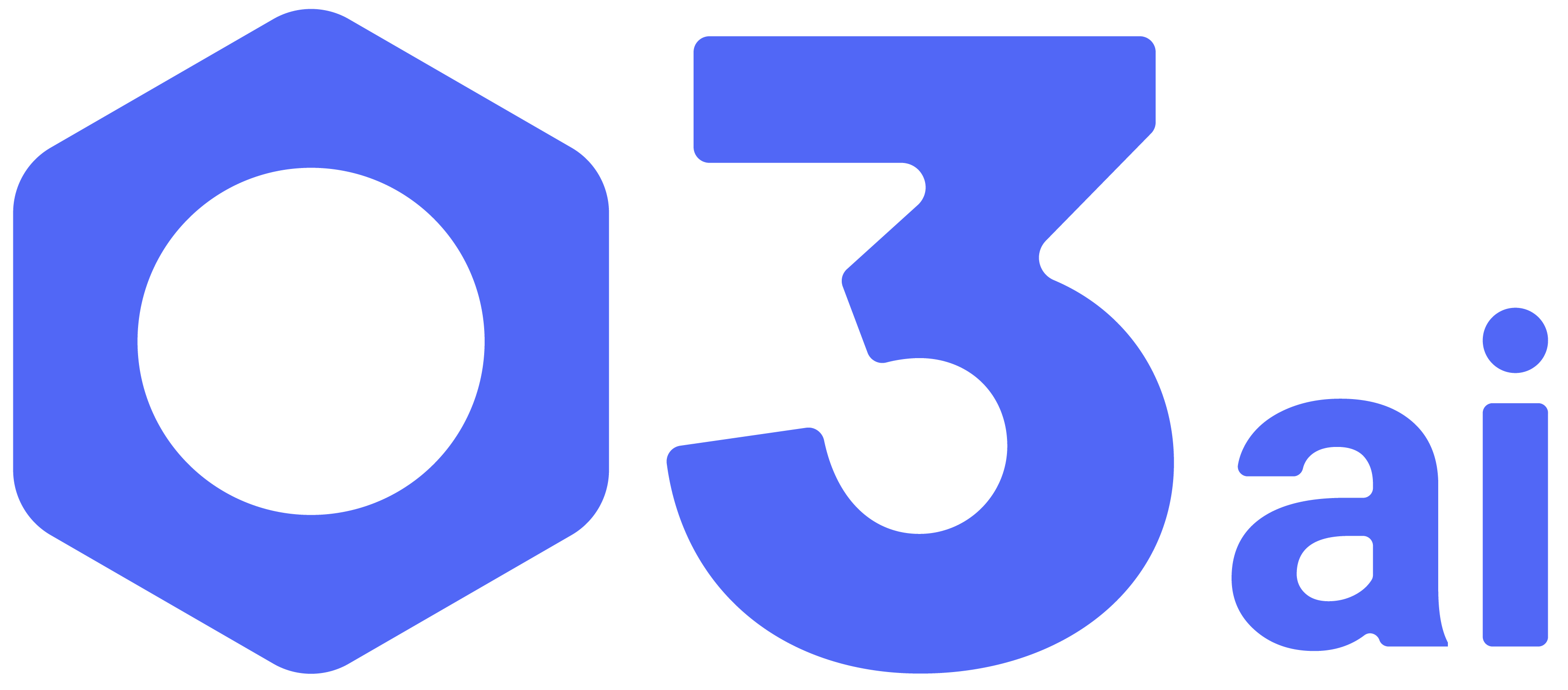Empowering Operators with Autonomous Maintenance Tools
In the modern manufacturing landscape, production efficiency hinges on equipment reliability. Traditional maintenance approaches—reactive and scheduled maintenance—often fall short, leading to unplanned downtime, higher costs, and inefficiencies. To address this, manufacturers are shifting toward autonomous maintenance (AM), a strategy that empowers machine operators with the tools, training, and real-time insights needed to perform routine maintenance tasks.
Autonomous maintenance is not about replacing skilled maintenance teams but enabling frontline operators to take ownership of machine health, reduce failures, and enhance operational efficiency. By integrating IoT-enabled sensors, AI-driven diagnostics, and digital work instructions, manufacturers can transform how operators interact with equipment, leading to improved uptime, reduced costs, and enhanced productivity.
Why Autonomous Maintenance Matters
Relying solely on maintenance technicians for machine upkeep creates bottlenecks, increases dependency, and slows down issue resolution. With autonomous maintenance, operators become the first line of defense, ensuring equipment operates at peak efficiency by handling basic tasks such as:
- Cleaning and lubrication to prevent wear and tear before it escalates.
- Visual and sensor-based inspections to detect early signs of failure.
- Tightening loose components to avoid performance degradation.
- Recording abnormalities for deeper analysis.
These simple yet effective actions significantly impact equipment longevity and reduce unplanned breakdowns.
Key Benefits of Autonomous Maintenance
- Reduced Downtime & Faster Issue Resolution
- Operators who routinely inspect and maintain equipment can detect minor anomalies before they escalate into costly failures.
- This results in improved Overall Equipment Effectiveness (OEE) and fewer production halts.
- Improved Data Collection & Decision-Making
- IoT-connected tools enable real-time monitoring of machine performance.
- AI-powered analytics predict potential failures and guide corrective actions before disruptions occur.
- Increased Workforce Engagement & Ownership
- When operators are actively involved in maintaining their machines, they gain a sense of ownership and responsibility.
- This fosters a culture of continuous improvement and boosts morale.
- Lower Maintenance Costs
- Proactive issue resolution reduces reliance on emergency repairs.
- This minimizes expensive component replacements and technician call-outs.
- Enhanced Sustainability
- Regular maintenance leads to energy-efficient operations, reduced waste, and optimized resource utilization.
- Aligns with sustainability goals by ensuring efficient use of materials and energy.
The Role of Digital & Smart Technologies
Modern autonomous maintenance is not just about routine checks—it is powered by smart factory technologies. Key enablers include:
- IoT Sensors & Predictive Analytics
Sensors continuously monitor vibration, temperature, pressure, and wear, alerting operators to abnormalities before failures occur. - AI-Based Diagnostics & Automated Alerts
AI-driven systems analyze historical and real-time data, suggesting preventive actions for operators to take. - Digital Work Instructions & Augmented Reality (AR)
Operators receive step-by-step maintenance guides via digital tablets, smart glasses, or mobile apps, reducing the need for expert intervention. - Connected Maintenance Logs & Cloud Storage
Maintenance activities and machine health data are stored and shared across teams, ensuring seamless knowledge transfer and troubleshooting.
How to Successfully Implement Autonomous Maintenance
- Develop a Standardized Training Program
- Train operators in equipment fundamentals, troubleshooting, and routine maintenance tasks.
- Use digital simulations or AR-based learning for hands-on training.
- Integrate Smart Sensors & AI-Powered Alerts
- Equip machines with sensors that provide real-time condition monitoring.
- Use AI-based recommendations for predictive maintenance.
- Create a Digital Maintenance Dashboard
- Provide operators with live performance tracking and guided maintenance steps.
- Allow easy logging of machine issues to create an efficient feedback loop.
- Foster a Culture of Ownership & Continuous Improvement
- Encourage operators to suggest improvements based on daily observations.
- Recognize and reward proactive maintenance efforts.
- Enable Collaboration Between Operators & Maintenance Teams
- Define clear responsibilities for operators vs. technicians.
- Ensure seamless handover of major repairs while operators handle routine tasks.
Real-World Impact: Case Study in Action
A global automotive manufacturer implemented an AI-enabled autonomous maintenance system across its assembly lines. The results were game-changing:
- 23% Reduction in Unplanned Downtime – Operators identified and addressed minor equipment issues before they led to failures.
- 15% Drop in Maintenance Costs – Routine tasks were handled in-house, reducing the need for outsourced repairs.
- 30% Increase in Operator Engagement – Staff felt empowered and more involved in improving plant efficiency.
By leveraging real-time data, AI-driven insights, and workforce training, the company transformed maintenance into a proactive and operator-led function.
Future of Autonomous Maintenance: What’s Next?
As factories continue digitizing operations, autonomous maintenance will evolve with advanced AI, robotics, and automation, enabling:
- Self-Healing Machines – AI-powered systems that detect and automatically correct small inefficiencies.
- Collaborative Robotics (Cobots) – Machines that assist operators with maintenance tasks.
- Blockchain for Maintenance Logs – Secure and tamper-proof equipment history tracking.
Factories that embrace autonomous maintenance today will gain a competitive edge by reducing downtime, lowering costs, and creating a more resilient and self-sustaining workforce.
How O3ai Enables Autonomous Maintenance
At O3ai, we empower operators with cutting-edge AI-powered autonomous maintenance tools to drive efficiency and reliability.
Key Features of O3ai’s Autonomous Maintenance Solution
- IoT & AI-Powered Condition Monitoring – Sensors track machine health in real-time.
- AI-Driven Predictive Maintenance – Alerts operators before failures occur.
- Digital Work Instructions – Smart workflows guide operators through maintenance tasks.
- Collaborative Dashboards – Seamless coordination between operators & technicians.
With O3ai, manufacturers can reduce downtime, improve OEE, and transform their workforce into proactive problem-solvers.
Is your factory ready for the future of maintenance? Let’s make it happen with O3ai’s AI-powered solutions.




